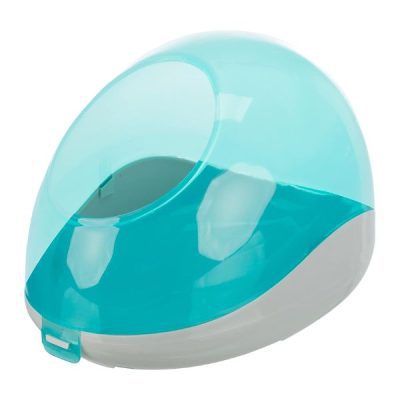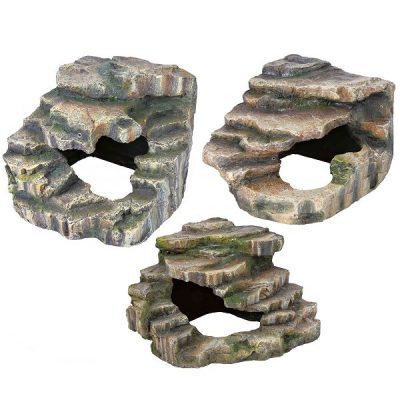Your Cats Body Language – What to look out for
Your Cats Body Language – What to look out for – You should always keep an eye on your cat’s behaviour so you can see any differences and act upon it. Usually, cats behaviour will change when they are in pain or frightened. So check out these tips on what to look out for.
Happy/Content Body Language
You must learn to read your cats body language to better understand and care for your pet. This way you can tell if they’re acting out of the ordinary and get to fixing the problem. Generally, a cat will spend most hours of the day in a neutral mood. They’ll walk around the house, lay down either stretched out or curled up and will look as if they are just relaxing. When they are happy they are pretty similar. They will be relaxing around the house and if you stroke them they will purr. Their whiskers will be visibly relaxed and their tail will be still. This body language is what you expect from your cat, you should be accustom to seeing this behaviour more than any other.
Frustrated/Angry Body Language
An angry cat’s tail stands either straight up or curled underneath the body. Their hair stands on end and will most likely hiss. They may also stay silent or start spitting so you can tell straight away if they are frustrated. Whilst being frustrated they will try to make themselves look as big as possible. Fur will stand on end and they may look like they’re going to pounce. Perhaps one of the most obvious signs of an angry cat is the ears. When they are angry they will be tense and flat against their head.
Scared/Nervous Body Language
If your cat is anxious they will be crouching lower down, ears pointed up listening for extra information and they may run away. If they can’t run away they’ll stand still or crouch down. Sometimes, your cat might also straighten up their front legs to look bigger. With the tail, it will either be hooked under the body or being waved side to side quickly. Try and focus on their eyes to see what they’re looking at. Usually, they don’t blink and will remain focused on what is bothering them. When they begin to get really nervous, they will arch their back or even start to cower.
Summary
It is very important to make sure you can read your cat’s body language in order to tell what is wrong with them. The best way to get to know your cat is by spending time with them. Hopefully, these tips will help you notice your cat’s behaviour so you can monitor them closely.
Why not check out our other blogs here?










